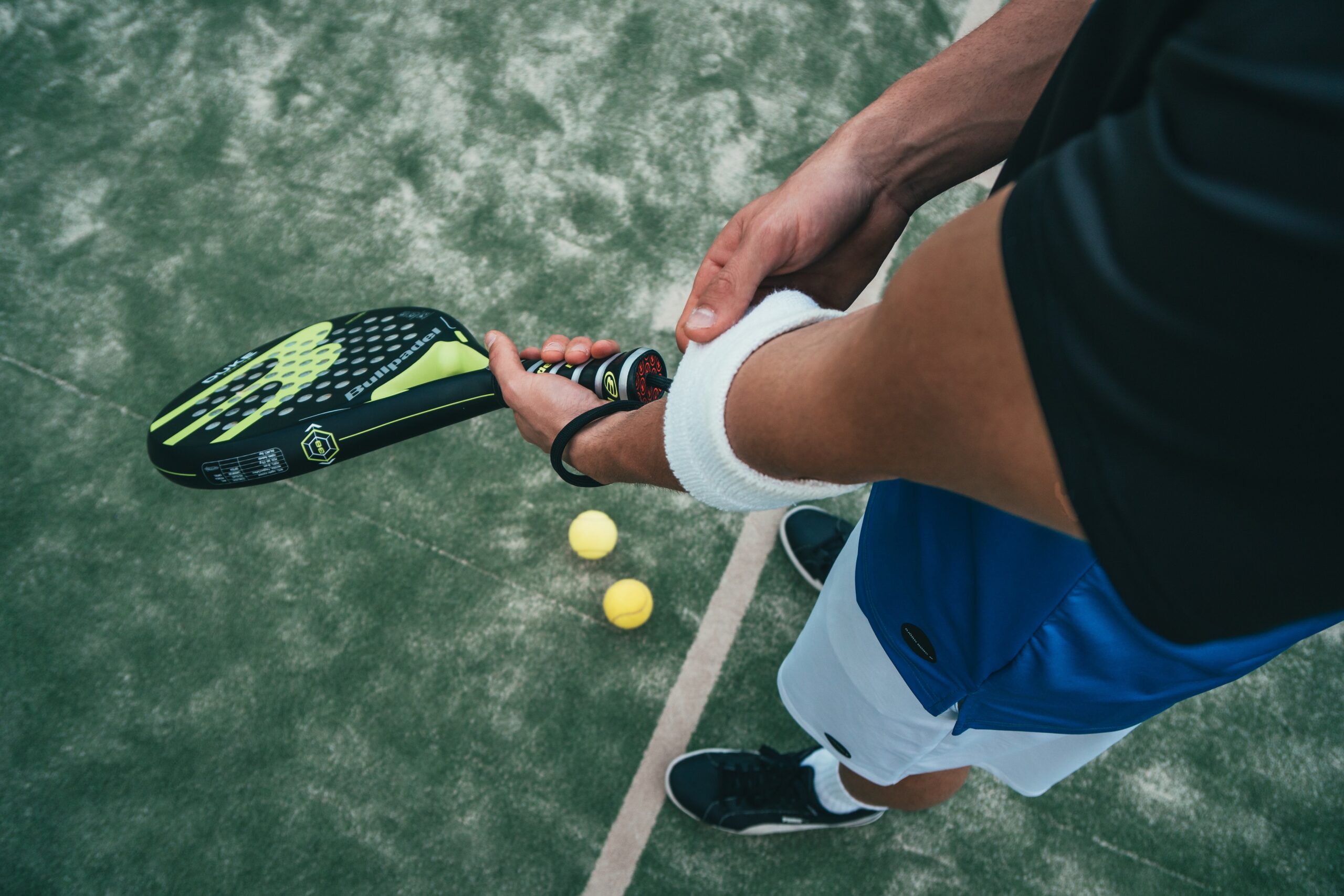Tennis Elbow
Tennis Elbow, Why Now?
It’s that time of year and Wimbledon tennis tournament is fast approaching. With improved weather and the tennis on television, we always see more people out enjoying this great game on our local tennis courts. With an increase in tennis, you can guarantee a lot of our Physiotherapists at Head2Toe are going to be treating tennis related injuries. Most of them are minor strains and the most common of all is Tennis Elbow.
Ironically, it’s not just tennis that causes ‘tennis elbow’. Power hosing the patio, cleaning the windows and hedge trimming can all induce this painful condition!
What’s in a name?
Tennis elbow was a name I learnt at university a very long time ago. It came from the same pool of colloquialisms as ‘weaver’s bottom’ ‘housemaid’s knee’, ‘policeman’s heel’ and ‘golfer’s elbow’.
Since that time a tennis elbow has been called lateral tendinitis, lateral tendinosis, lateral epicondylosis and lateral epicondylalgia.
At the moment the medical community seems to have settled on lateral elbow tendinopathy.
What is it?
Put simply it’s pain on the outside or lateral aspect of the elbow. A number of muscles/tendons attach at the same bony point. Most commonly the muscle affected appears to be extensor carpi radialis brevis (the one that goes to you middle finger).
Who gets it?
Most commonly people between the ages of 40 and 65. Patients often report pain on picking things up or gripping strongly.
What causes it?
Sometimes it’s obvious that an unusually long bout of hedge trimming or putting together lots of flat packed furniture has triggered the painful elbow. Just as often, there seems to be no apparent cause. The fact that middle to later age patients seem to suffer from it, would support natural age related tissue changes being a factor.
How is it diagnosed?
In most cases tennis elbow is diagnosed with a thorough history and a physical examination. Some of the things we look for are a painful spot on the outside of the elbow, pain on gripping and pain on resisted middle finger extension.
We also look to see if something else could be causing the problem. In some cases, neck issues and nerve irritations can refer to the elbow and it’s important to find out whether there is anything else going on to confuse issues.
Do Tennis Elbow splints work?
Some patients find their elbow pain aggravated by certain jobs at work or their favourite sport. In these patients, a brace or splint can often be beneficial. We can test this splint effect in clinic and see if it offloads your elbow and reduces the pain.
If it does help reduce pain, it’s best to wear the splints when doing the aggravating activity. It’s not such a good idea to wear them all the time, especially when sleeping or resting.
What’s the best treatment?
Like so many musculoskeletal issues we deal with, the answer is probably it depends. It certainly depends on getting the diagnosis correct in the first place. After that, part of the problem is we have no definitive answer as to what works best on everyone.
Part of the problem is that we’re all so different. Body and personality types, jobs, sports and so on. Research into tennis elbow would seem to suggest that exercises focused on the wrist and finger extensors can play a part in resolving things. Exercises can be isometric, eccentric, isotonic, heavy slow holds or light repetitions.
At Head2Toe Physio, we’ll help you work out what works best and plan a rehab program that suits you.
Exercises are often prescribed and a range of manual therapy techniques used. Techniques used might include massage, joint and soft tissue manipulation, acupuncture , taping and electrotherapy.
These treatments don’t appear to change the pathology of tendinopathy and therefore rarely produce long lasting results. However, they can alleviate some pain, and in conjunction with your exercise loading program offer a longer term solution.
All our Physiotherapists are highly qualified, experienced, with a variety of post graduate specialisations. If you or anyone you know would like to have a physiotherapy assessment with the team at Dorking , Leatherhead or Crawley , contact us here.
Blog post written by Sam Bowden, Head2Toe Physiotherapist and Director at Head2Toe Dorking, Leatherhead, & Crawley Clinics.






